5. Eraserhead (1977)
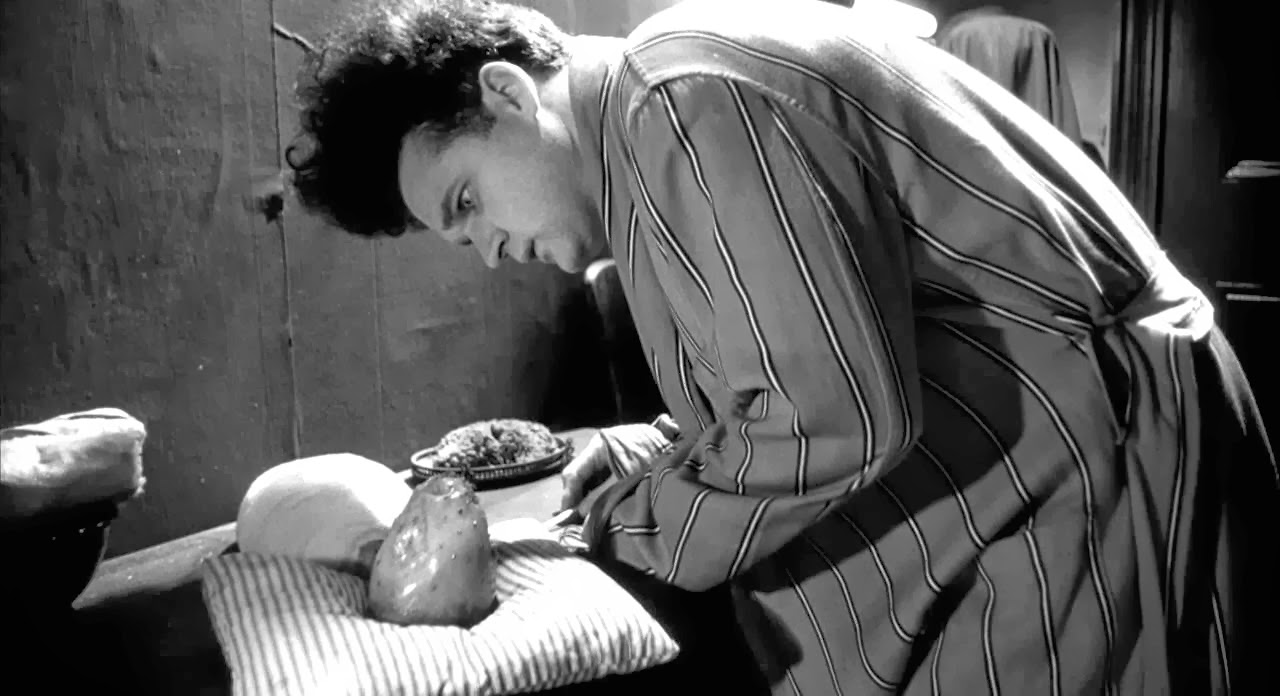
Eraserhead is the incredibly surreal and intentionally disturbing tale of Henry, a man from a time much like the 1970s and place within an industrial wasteland. Henry has to deal with infuriating family members, a depressed wife, and a newborn child who’s barely human. It disturbs by playing with texture, sound, beauty, and the film form itself while subverting traditional American and world-wide values like marriage, family, and childbirth.
While Eraserhead has a substantial cult following today, it likely garnered that support through its disturbing themes and unconventional storytelling. It’s not a film many would say they “love,” but instead, it makes them think.
At the very least, in comparison with other popular new-family horrors such as Rosemary’s Baby (1968) and mother! (2017), Eraserhead disturbs the most. Its black and white film style with its mutated, inhuman, monstrous imagery and warped themes leave viewers wondering what exactly they just experienced.
Eraserhead is also disturbing on the level of personality because it reveals a little of the mind and personal life of David Lynch. In 1977, David Lynch’s daughter Jennifer was about 9 years old, having grown up with club feet and having gone through extensive surgeries yearly for a long time.
Additionally, Lynch had just remarried a woman who wanted to start another family, so he knew he was about to become a father again. Interestingly, two of the most overt themes of Eraserhead are the fear of fatherhood and the grotesque nature of childrearing. Lynch was clearly disturbed by what had happened to him and by what awaited him in life, so he himself gave birth to this grotesque and disturbed filmic child to cope.
4. Begotten (1990)
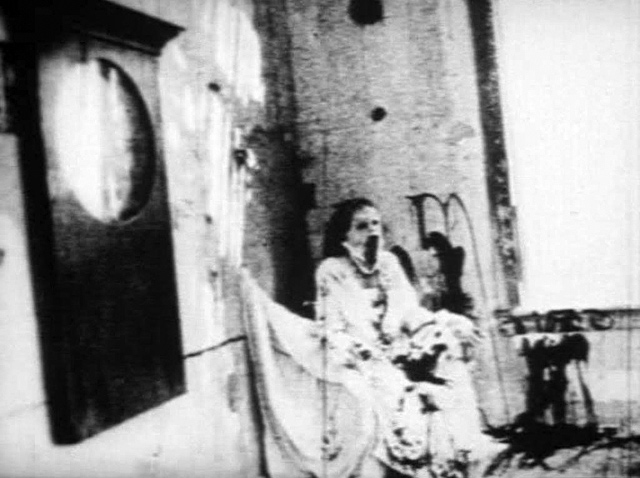
Although referencing viewers and spectators of film often means speaking of the same crowd, there is a slight difference between being a viewer and being a spectator. Viewing is the passive art of looking, taking in, or imbibing any sight, while spectating involves more audience participation. Begotten is a film that invites the viewer to become a spectator.
E. Elias Merhige’s Begotten is a very blank-slate film in its lack of audio and distorted visual presentation. It’s been described as a Rorschach test for the active viewer, and this statement is a main reason why one spectates, rather than views, Begotten.
It might not catch your attention if you view it mindlessly, but by paying extra attention, you will realize that Begotten presents just a film’s skeletal structure so that our minds and experiences fill in the rest. It is a truly disturbing allegorical filmic experience.
Merhige also plays with the way cameras work to produce a style of filmmaking you’ll likely never see anywhere else. Pixelated visuals of people moving, interacting with one another, and killing each other turn bodies into blurs or blobs of darkness on the screen.
Furthermore, the actual plot of the film harkens to different schools of mythology by presenting monsters, gods, and forces of nature in conversation together, albeit violent conversation. It’s no surprise that Merhige has created music videos for Marilyn Manson a few times. This filmic style is frightening yet innovative, disturbing yet fresh. Begotten is kind of like Eraserhead on acid, having a bad trip – it’s that type of disturbing.
3. Hostel (2005)
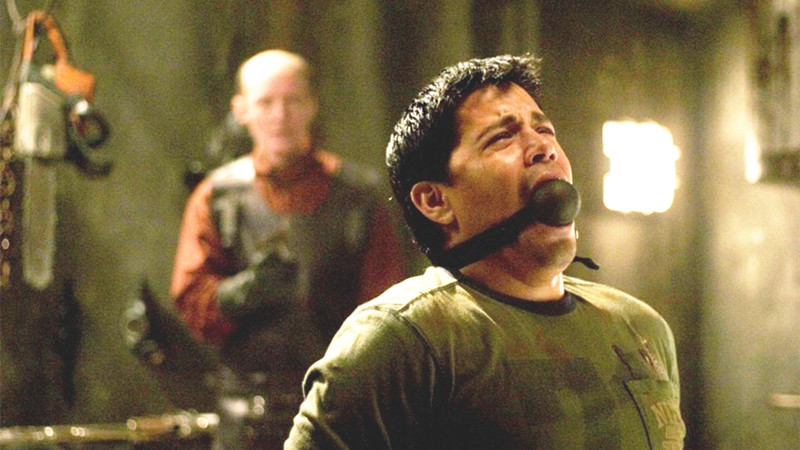
When it comes to disturbing, we can’t make a list without at least nodding to body horror, and Hostel demonstrates the epitome of body horror disturbance. It oozes grossly, it slices down on the bone, it chops up comfort into little pieces while thrashing any confidence a new traveler abroad might have. While the film itself focuses on what terrors may come as a traveler, it also pokes its finger at real and systemic corruption at the core of the horror.
The plot revolves around over-trusting travelers getting manipulated and abused by elite members of society who can pay for, presumably, whatever they want – even if that means paying to indulge their own psychopathic tendencies. It makes a space one considers traditionally safe (i.e.—the hostel) into a troubled zone of socioeconomic conflict. And it’s violent as all get out.
It certainly disturbs the viewer from travel complacency, but these deeper themes prove more disturbing points about human nature in very Lord-of-the-Flies-types of ways. In worlds where people live in conflict, some will do the worst to survive, but when survival is no longer a fight, some will do the worst simply to feel.
The pocketbook of Quentin Tarantino assisted in this production, while the mind of Eli Roth is its true creator. With just these two names associated with Hostel, one might know what to expect from the film before hearing a word: gore, bloody killings, and a twisted but genius story for its backbone.
2. I Spit on Your Grave (1978)
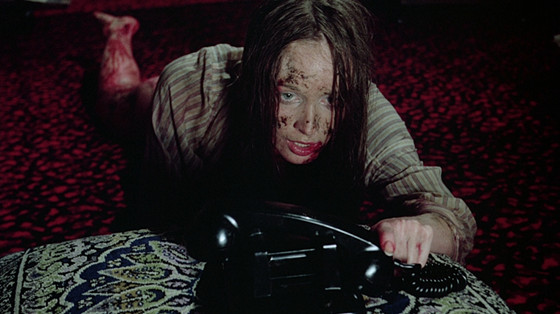
Several of the most disturbing films of all time use sex as violence, and although a handful of the films on this list do that, those themes elsewhere are nothing compared to how they’re presented in rape-and-revenge horror films like I Spit on Your Grave (1978; 2010) or Last House on the Left (1972; 2009). Truly, films of that nature deserve their own place on this list.
Additionally following with body horror in reference to Hostel, I Spit on Your Grave presents a bloody exploitation horror film with a powerful rape-revenge plotline. Once again, themes akin to Lord of the Flies surface in I Spit on Your Grave while the protagonist is attacked then brutally defends herself. The film forces us to ask ourselves what happens to a person when they’re attacked violently and when their humanity is negated by others time and time again?
I Spit on Your Grave is based on the 1946 book by French writer Boris Vian, published under the pseudonym Vernon Sullivan, and Vian’s answer to the question we as viewers ask ourselves is that the human soul shatters as they dive into vengeance. The original of this film and its remake demonstrate that reality through some of the most disturbing and gruesome scenes in American cinema. The protagonist is an absolute badass, but still—watch with caution.
1. Gummo (1997)
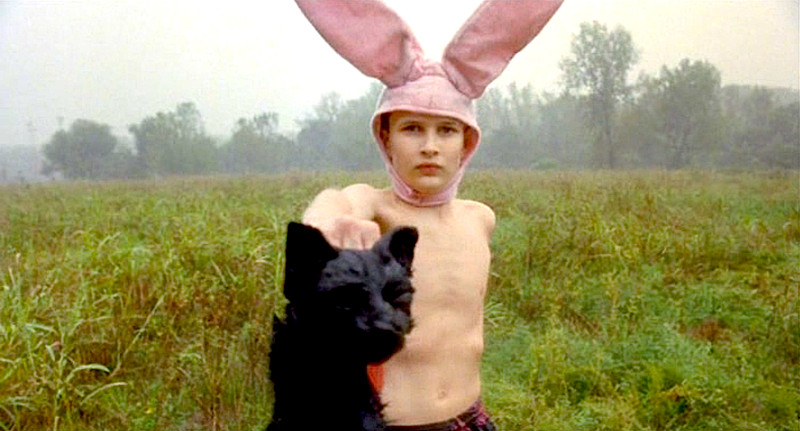
Gummo is a film without apology for its story and plot, and there are several pieces of both story and plot that seem universally disturbing to any viewer. Cat lovers in particular will assuredly be disturbed after watching this film (although writer/director Harmony Korine promises no real animals were harmed in the making of this film). Korine also hires actresses with Downs Syndrome for problematic roles and depicts dastardly things like glue sniffing and forced euthanasia, so many find this film disturbing simply because of its subject matter.
Lots of bits and pieces of Gummo disturb although its plot is truly insightful; it’s actually about what happens to small towns with poor infrastructure after a natural disaster like a tornado passes through. In the case of Gummo’s setting – which happens to be Tennessee but is called Xenia, Ohio – it’s clear that no one cares about rebuilding the poverty-stricken areas of the world after a natural disaster, even if the area is within the land of the free.
Gummo makes for its subjects the quintessential trailer trash of America. The cast was hired by Korine himself in 40 minutes out of gas stations, laundromats, and slaughter houses in the American south, so you might be able to imagine what these peoples’ lives were like. Korine wanted that element of reality in his portrayals of Gummo, which is all the more disturbing.
In a style similar to Kids, Gummo is filmed like a documentary (although almost everything is scripted), so the viewer becomes intimate with the filmic subjects so much so that we can all see how dirty these homes are, how absolutely disgusting the town’s living conditions are, and how twisted their inhabitants become.
Apparently, the crew complained so much about the work atmosphere that Korine bought Hazmat suits for them to wear on the job, but that didn’t stop Korine from his mission of depicting the outrageous and grotesque everyday life of these downtrodden Americans.
In the world of Gummo, which is the world we all inhabit, walls are covered with cockroaches, baths are filled with brown water from the tap, and brothers pimp out their mentally handicapped sisters for money. Korine refuses to ignore these disturbing realities, so he shows them to us point-blank. It’s a wild ride to watch Gummo, and there’s no doubt it will disturb you.
Author Bio: A recent graduate of Bucknell’s Master’s program in Lit Studies, Sam Lauer is currently afloat in the job market. Their scholarly interests include Literary & Film Criticism, Environmental Literature & Criticism, Feminist & Queer Studies, and Postmodern American Fiction & Poetry. Their general interests include not starving while retaining a passion for making art in this late Capitalist, Anthropocene world.